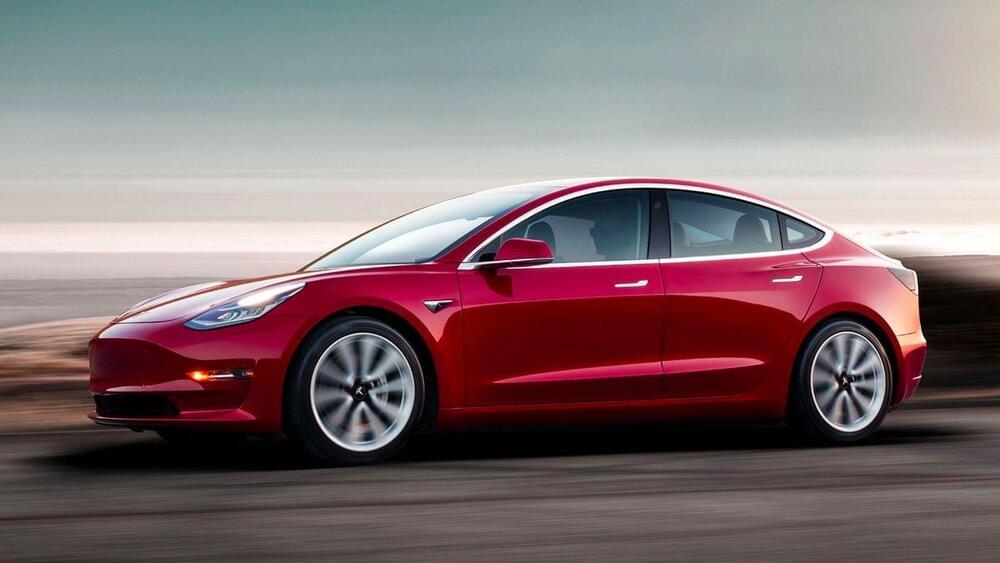The company has already pledged to phase out all internal-combustion models by 2033.
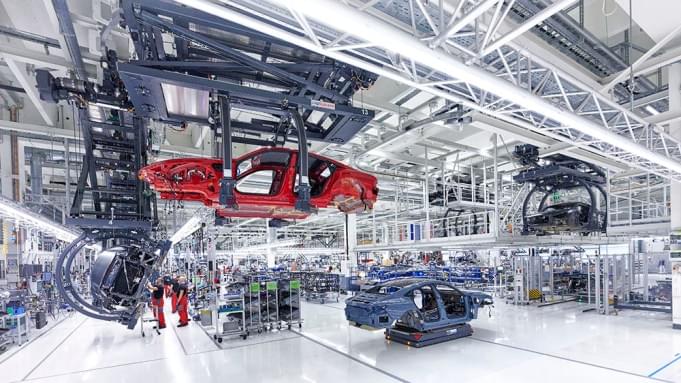

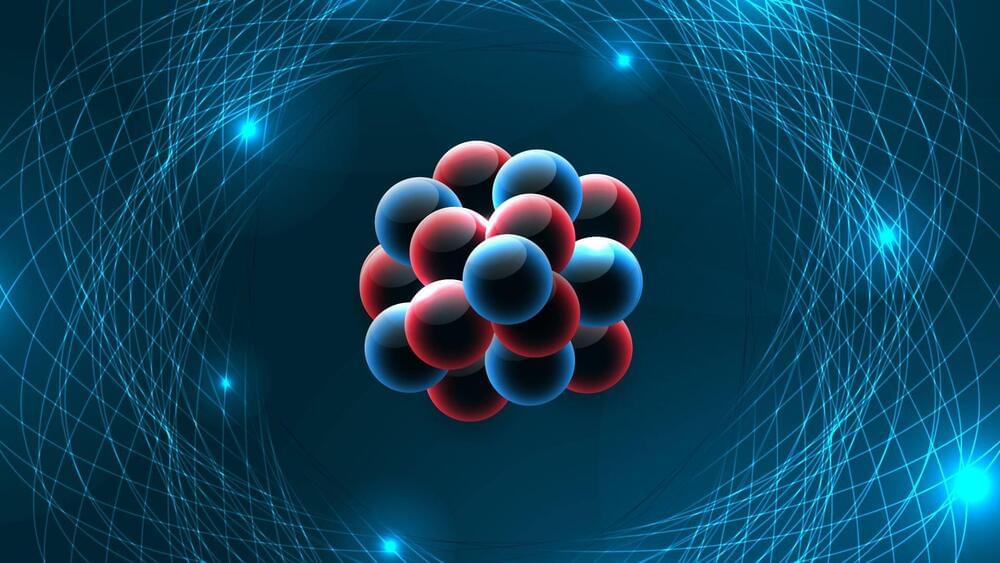
Adisonpk/iStock.
Graphene’s atomically thin structure makes it impenetrable to a variety of elements, including protons. However, graphene’s edges, flaws, and functionalization can open up channels for proton diffusion. Temperature, humidity, and the existence of functional groups are some of the variables that affect the flow of protons in graphene.
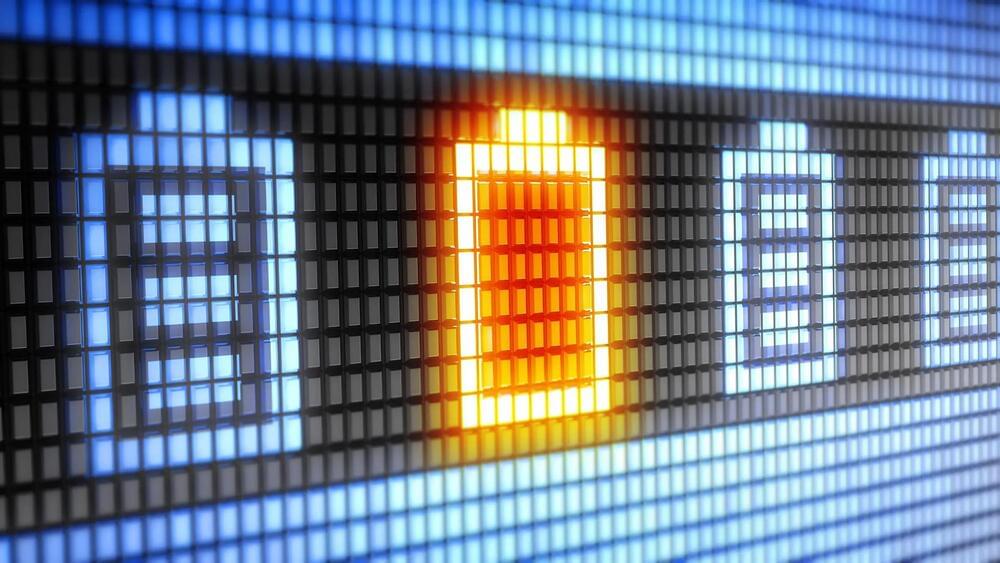
Lithium metal, chosen for battery anodes due to its superior energy density compared to other materials, is a smart choice. Yet, challenges arise at the interface between the electrode and the electrolyte, presenting opportunities for enhancement to achieve safer and more efficient performance in future applications.
Researchers from Tsinghua University are keen on replacing the graphite anode with a lithium metal anode to construct a battery system with higher energy density. However, the Li metal anode is unstable and readily reacts with electrolytes to form a solid-electrolyte interphase (SEI). Unfortunately, the natural SEI is brittle and fragile, resulting in poor lifespan and performance.
Here, the researchers have looked into a substitute for natural SEI, which could effectively mitigate the side reactions within the battery system. The answer is ASEI: artificial solid electrolyte interphase. ASEI corrects some of the issues plaguing the bare lithium metal anode to make a safer, more reliable, and even more powerful source of power that can be used with more confidence in electric vehicles and other similar applications.

STOCKHOLM (AP) — Many cities around the world see clean and efficient public transport as a crucial way to lower their carbon emissions. For cities with waterways, a high-tech ferry in Sweden could soon set a new standard.
Speeding through Stockholm’s archipelago, electric boat maker Candela’s new P-12 vessel barely makes a sound as it glides over a meter (3 feet) above the water. Its developers hope the ferry, which was unveiled this week, will yield a new era of waterborne public transport.
“This is a real leap forward,” said Erik Eklund, who is in charge of the commercial vessel division at Candela. “The energy savings we get by going airborne on the foils give us the speed and range we need to make this work on batteries.”
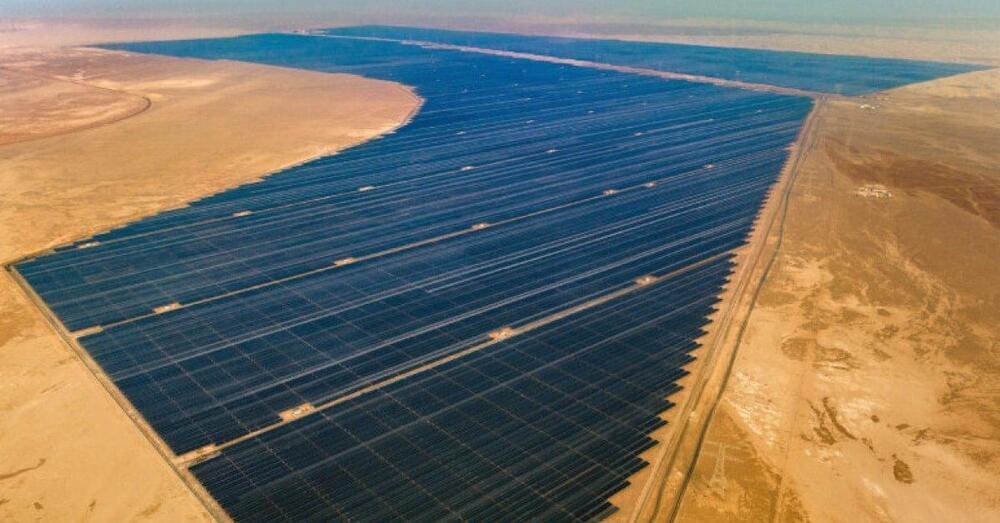
The United Arab Emirates has launched the Al Dhafra solar farm – now the world’s largest single-site solar farm – ahead of COP28.
The 2-gigawatt (GW) solar farm is 22 miles (35 km) from Abu Dhabi and features almost 4 million bifacial solar panels. It will power nearly 200,000 homes and eliminate over 2.4 million tonnes of carbon emissions annually.
It created 4,500 jobs during the peak of the construction phase, and the solar panels were installed at an average rate of 10 megawatts (MW) a day during construction.
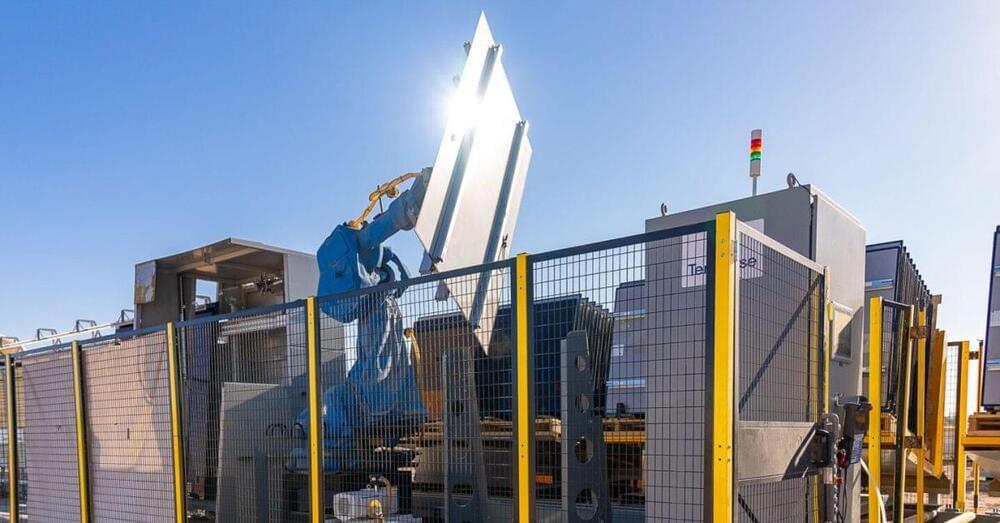
Terabase Energy has successfully completed its first commercial solar installation using Terafab, its automatic solar-installing robot.
The Terafab robot – aka the “construction automation platform” – installed 17 megawatts (MW) of the 225 MW White Wing Ranch project in Yuma County, Arizona, on which solar tech company Terabase Energy is working alongside developer Leeward Renewable Energy (LRE) and contractor RES.
The Terafab robot completely eliminates the manual lifting of heavy steel tubes and solar panels – an industry first. Terabase Energy says that its robot achieved labor productivity improvements of 25% compared with manual installation, and the setup improves working conditions for solar technicians, as they’re housed in shaded and cooled conditions. The robot’s precision also enables the 100% return of solar panel packaging for reuse by the manufacturer.

You may be eagerly waiting for the much-delayed Tesla Cybertruck, but while you wait, we found something at the LA Auto Show that might satiate you: meet the Robotruck from a new startup called Aitekx.
We hadn’t heard of Aitekx before, which has a small booth in the West hall of the Auto Show. In recognition of the hot tech buzzword of the year, the company says that its name represents its focus on the AI mobility future – AI + Tech + X. And it just unveiled its upcoming vehicle, which it calls Robotruck (yes, really), and says that it plans to have it out in 2025.
The company claims some rather optimistic specs, including a 550-mile EPA range (though it wouldn’t tell us how many kWh its battery is – though with a range like that, it would have to be 200kWh or more), 0–60 in 3.5 seconds, and a top speed of 125mph.

Eleven months after sharing plans to develop and implement a new series of EV charging hubs across North America, Mercedes-Benz, with the help of ChargePoint, has opened its very first location in the US, complete with a driver lounge and powered using 100% renewable energy.
This past January, Mercedes-Benz announced plans for the new network of fast charging hubs during a press conference at CES alongside its new partner, ChargePoint.
At the time, we learned that both MN8 Energy and Mercedes-Benz would finance and jointly operate the network of over 400 planned charging hubs, becoming home to over 2,500 ChargePoint DC fast charging piles across the US and Canada.
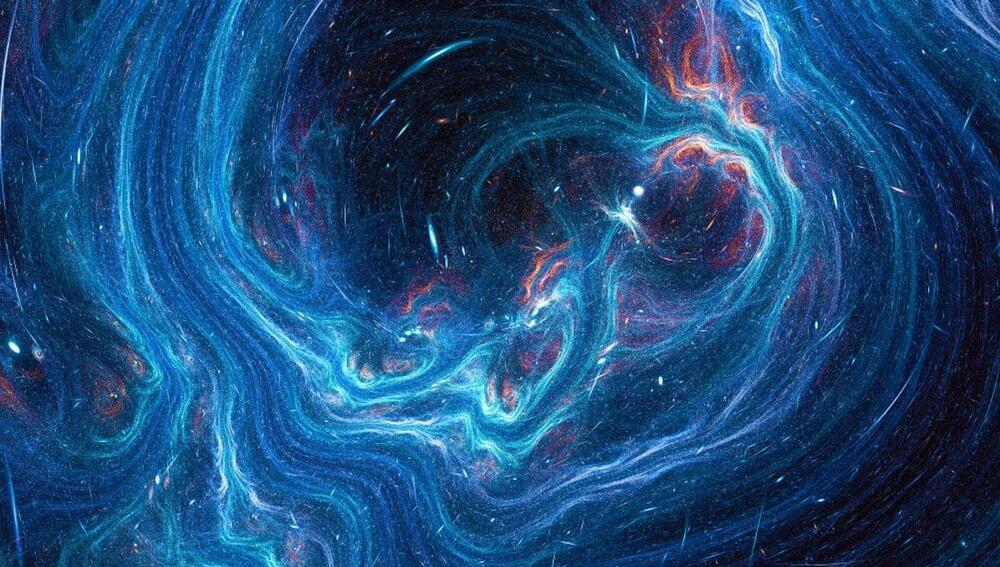
Our current best understanding of the universe requires the existence of an invisible substance known as dark matter. The exact nature of dark matter (or its actual existence) is still unknown, and there are multiple competing theories to explain the effect of this matter on the Universe. An exciting new one is called Recycled Dark Matter.
The idea behind Recycled Dark Matter is that dark matter is produced in a specific mechanism that researchers have dubbed “recycling” in a paper awaiting peer-review, because dark matter forms twice in the universe, with weird quantum mechanics and a black hole phase in the middle. All of that just a few instants after the beginning of the cosmos.
So, let’s take a journey back about 13.8 billion years. You don’t have to move, because the Big Bang happened everywhere. At the very moment that time as we know it starts ticking, the fundamental forces and the building blocks of particles we know of (the Standard Model) are in equilibrium with the Dark Sector (we know it sounds like a bad fantasy novel location, but bear with).
